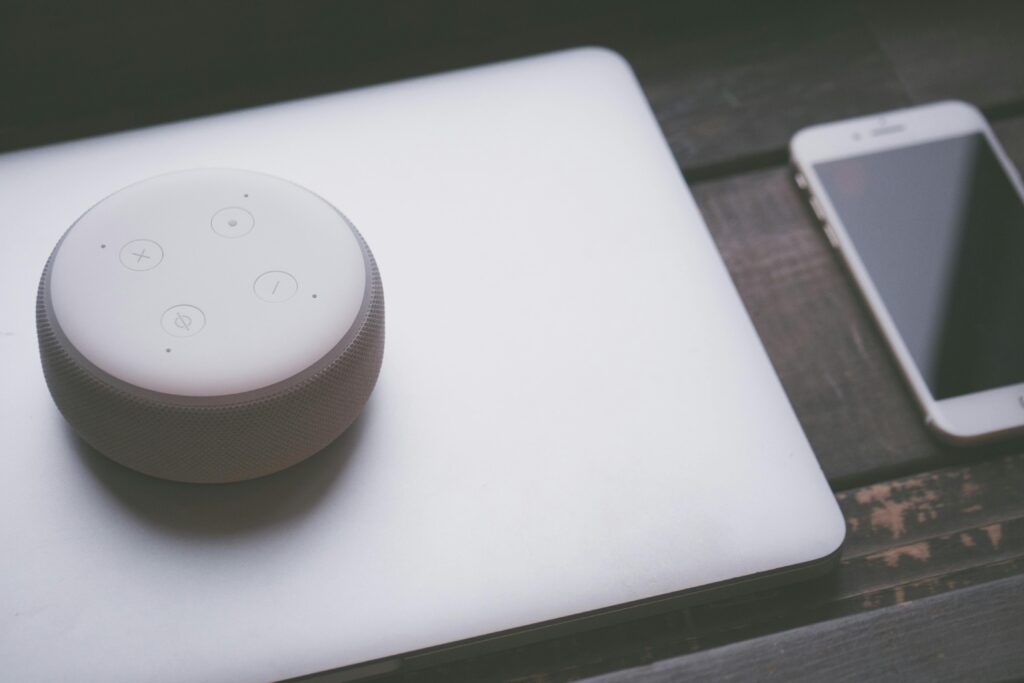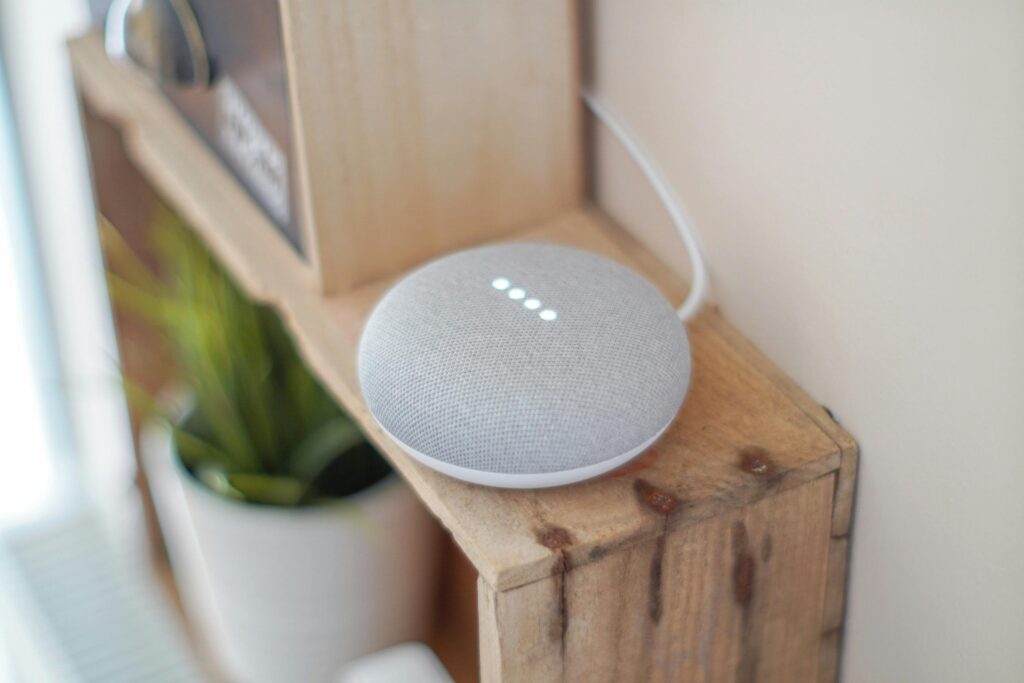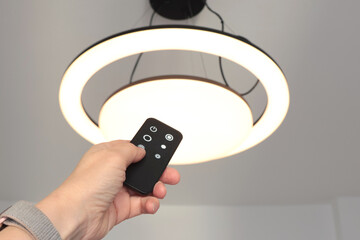Choosing the Best Smart Home Hub: A Comprehensive Guide
Smart home hubs serve as the central command centers for your home automation system, enhancing convenience, security, and energy efficiency. In this guide, we delve into the essential factors to consider when selecting the best smart home hub for your needs, providing insights into top models and their unique features.
Key Considerations for Commercial and Residential Smart Home Hubs
Considerations for Large-Scale Buyers
For architects, contractors, and electricians working on large projects, factors such as scalability, bulk pricing, interoperability with commercial-grade systems, and long-term maintenance costs should be top priorities when selecting a smart home hub.
Device Compatibility
Explore how different smart home hubs integrate with a wide range of smart home systems and connected home devices, ensuring compatibility with your existing ecosystem.
Ecosystem Integration
Compare how each hub interacts with popular ecosystems like Amazon Alexa, Google Assistant, Apple HomeKit, and Samsung SmartThings, ensuring they can scale for commercial applications such as office buildings, hotels, large residential developments, and multi-unit housing projects. Alexa excels in voice control, making it a preferred choice for hands-free operation. HomeKit is known for its strong privacy features, ensuring secure smart home automation. SmartThings stands out for its extensive compatibility with multiple protocols, making it suitable for integrating various devices. highlighting their strengths in integration and functionality within a home automation network.
Automation Capabilities
Evaluate the automation features of each hub, including support for routines, schedules, and advanced automation rules tailored to your lifestyle. The best hubs allow seamless automation of connected home devices to optimize efficiency.
Security and Privacy
Discuss the security measures implemented by each hub, emphasizing aspects like data encryption, local processing capabilities, and privacy controls, ensuring a secure home automation setup.
Top Smart Home Hubs for 2025
Amazon Echo (Alexa)
Amazon’s Echo lineup is one of the most popular choices for smart home hubs, thanks to its seamless integration with Alexa-powered smart home systems. Echo devices support a vast range of connected home devices, including lights, thermostats, and security cameras. Alexa’s voice control capabilities allow users to set routines, manage multiple devices, and even interact with third-party smart home services through Alexa Skills. The Echo lineup offers a variety of models, from compact Echo Dots to larger Echo Shows with built-in displays, catering to different smart home needs. The Echo Show’s screen enhances usability by displaying security camera feeds, weather updates, and smart home controls, making it a versatile choice for hands-free home automation.
Google Nest Hub
Google’s Nest Hub stands out with its smart display capabilities, making it a top choice for users who prefer a visual interface alongside voice control. Powered by Google Assistant, the Nest Hub integrates effortlessly with Google’s ecosystem, supporting devices like Nest thermostats, doorbells, and security cameras. Its adaptive display technology tailors responses to user behavior, making home automation more intuitive. Nest Hub also provides detailed visuals for security camera feeds, recipe guides, and personalized schedules, making it a versatile addition to any smart home.
Apple HomePod Mini (HomeKit)
Apple’s HomePod Mini is a premium choice for users who prioritize privacy and security. Built on Apple HomeKit, the HomePod Mini allows deep integration with iOS devices, offering Siri-powered automation for controlling smart locks, lights, and home security systems. Unlike cloud-based hubs, HomeKit emphasizes local processing, ensuring that automation routines are executed swiftly without exposing data to external servers. Additionally, HomeKit supports Thread networking, improving device connectivity and responsiveness across smart home devices.
Samsung SmartThings Hub
The Samsung SmartThings Hub is widely regarded for its flexibility in device compatibility, making it a strong choice for large-scale implementations in commercial properties such as offices, apartment buildings, and hotels., supporting both Zigbee and Z-Wave smart home protocols in addition to Wi-Fi-enabled devices. This makes SmartThings an ideal choice for users looking to integrate both modern and legacy smart home products. With SmartThings, users—including contractors, architects, and large-scale developers—can set up advanced automation routines that coordinate multiple connected home devices across expansive properties., including motion sensors, door locks, and security cameras. The SmartThings app also enables remote monitoring and control, making it a powerful tool for home automation professionals managing commercial smart building infrastructure.
Hubitat Elevation
Hubitat Elevation takes a local-first approach, making it a great option for users concerned with speed, privacy, and customization. Unlike cloud-reliant hubs, Hubitat processes automation commands locally, ensuring faster response times and reducing dependence on internet connectivity. The platform supports advanced rule-based automation, allowing users to create highly customized smart home routines without limitations imposed by cloud-based services. Hubitat is especially favored by tech-savvy users who want full control over their home automation setup, offering features like Rule Machine for complex automations and local data processing to ensure privacy and reliability. Rule Machine allows users to create intricate automation sequences beyond simple if-then conditions, making it more flexible than many cloud-based alternatives. including deeper integrations with Zigbee and Z-Wave devices.
Lutron Caseta
Lutron Caseta is a standout choice for users who prioritize lighting control and seamless automation, while also offering integration with broader smart home ecosystems. Unlike other hubs, Caseta is widely adopted in commercial settings due to its reliability and scalability, making it ideal for large office spaces, hotels, and multi-unit residences. It works well alongside other automation hubs to control a variety of devices beyond lighting, such as thermostats and security systems.. The system is compatible with advanced solutions like the Lutron Smart Bridge Pro, which enhances connectivity and integration with major smart home platforms. Unlike other smart home hubs, Caseta specializes in wireless lighting control, offering dimmers, switches, and smart plug modules that integrate with major smart home ecosystems, including Amazon Alexa, Google Assistant, and Apple HomeKit. With its proprietary Clear Connect technology, Caseta ensures ultra-reliable, interference-free performance, making it an ideal option for home automation setups requiring consistent and responsive lighting control.
Caseta also supports geofencing capabilities, allowing lights to turn on or off automatically based on the user’s location. Additionally, the Smart Bridge enables remote access and scheduling without the need for a cloud connection, ensuring low-latency operation and enhanced privacy. Its ability to work with existing wiring without requiring a neutral wire makes it a preferred choice for older homes needing smart lighting automation.
Conclusion
Choosing the right smart home hub is crucial for optimizing your home automation experience. Whether you prioritize voice control, smart home system integration, or data security, there’s a connected home device hub that meets your specific needs. When choosing a smart home hub, consider key factors such as device compatibility, automation capabilities, and privacy controls. Assess your needs and ecosystem preferences to find the best option that enhances your smart home experience. For residential users, factors like ease of use, voice assistant compatibility, and security features are key. For commercial buyers—including architects, developers, and distributors—evaluating bulk order options, scalability, and integration with existing automation infrastructure is crucial for long-term efficiency and project success. For large-scale buyers—including architects, developers, and distributors—evaluating bulk order options, system compatibility across large networks, and integration with existing automation infrastructure is crucial for achieving long-term efficiency and scalability.


